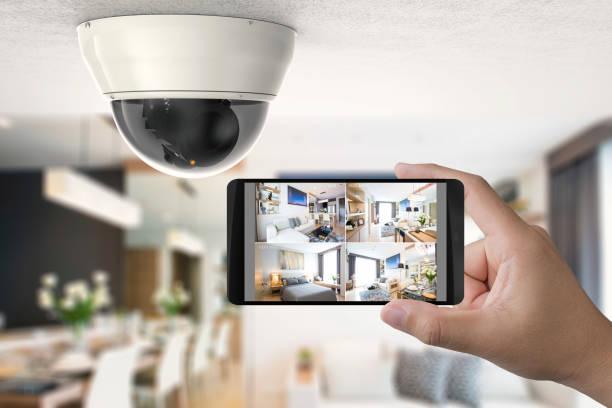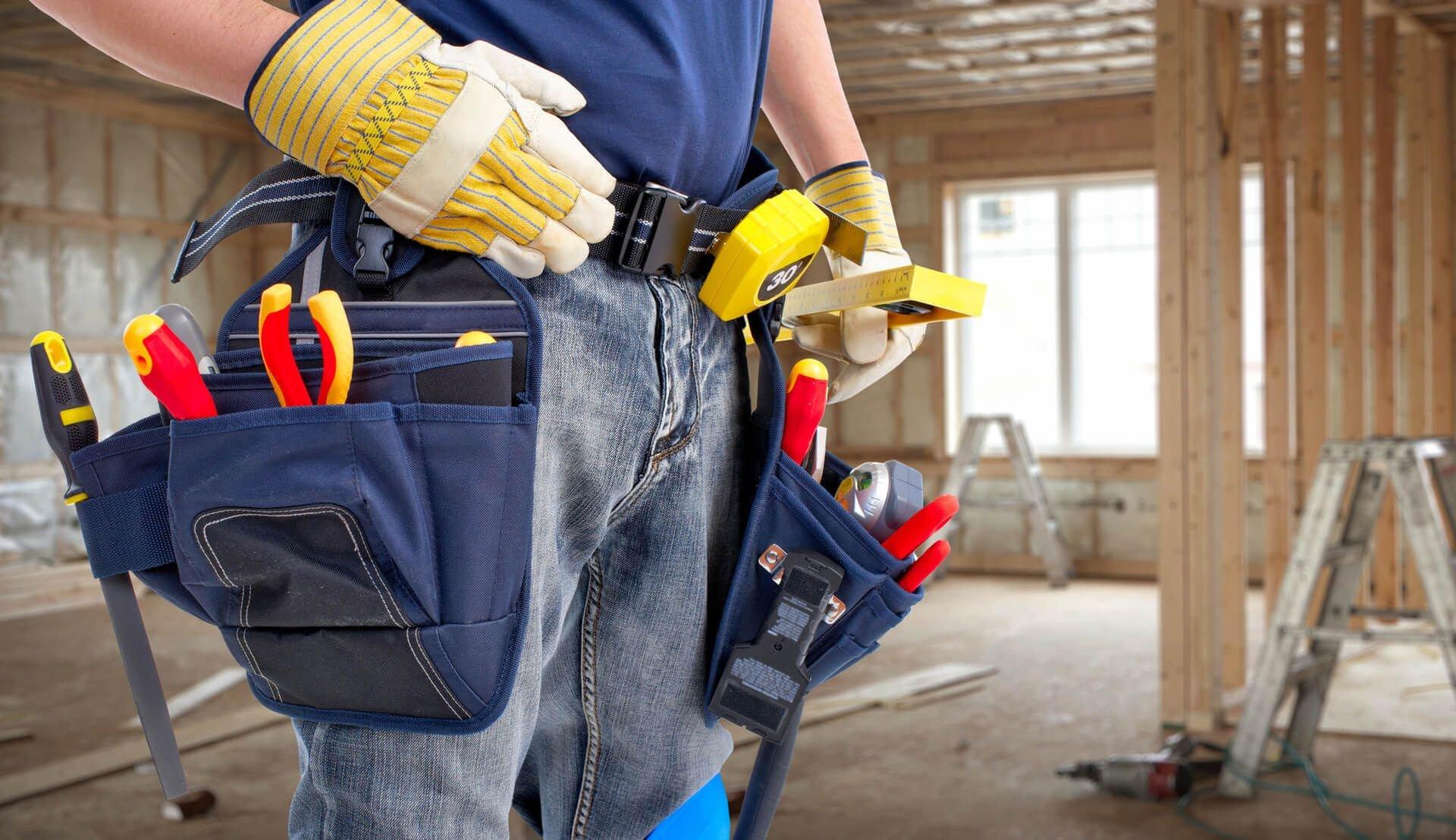When it comes to protecting your home or business, investing in a quality security camera is essential. With the rise in crime rates, having a reliable security camera system can provide peace of mind and ensure the safety of your property. But with so many options available on the market, choosing the best security camera can be overwhelming. In this guide, we will break down the different types of security cameras, key features to look for. The importance of storage and connectivity options, and how to navigate security camera software and apps.
Understanding the Different Types of Security Cameras
Navigating through the variety of security cameras on the market can be daunting. Yet understanding each type’s distinct advantages is crucial for making an informed decision. Dome cameras, often chosen for their sleek design, blend seamlessly into their surroundings and are ideal for indoor use. Their inconspicuous nature does not interrupt decor while providing a wide viewing angle. Bullet cameras, recognizable by their cylindrical shape, are typically mounted on walls and serve as monitoring tools. And a deterrent to potential intruders due to their more conspicuous presence.
For those requiring dynamic surveillance capabilities, PTZ cameras offer a versatile solution. These cameras can pan, tilt, and zoom to cover large areas and can be controlled remotely. Providing users with the ability to adjust their view as needed. This feature makes PTZ cameras an excellent choice for monitoring expansive spaces where fixed cameras might miss crucial details.
Wireless cameras offer the pinnacle of installation flexibility. Removing the need for complex wiring and allowing for easier placement and adjustment. This type of camera connects to your network wirelessly, providing the freedom to place cameras in locations. That was previously challenging or impossible to reach with traditional wired options.
Each of these camera types brings unique benefits to the table, catering to different surveillance needs and preferences. Whether the priority is discretion, deterrence, or comprehensive coverage. Or installation ease, there is a security camera type suited to meet those specific demands.
Key Features to Look for in a Security Camera
When selecting a security camera, the features it boasts can significantly influence its performance and suitability for your needs. High-resolution output is critical for capturing clear, detailed footage; therefore. Opting for cameras with a minimum of 1080p resolution is advisable for superior image quality. The camera’s field of view is another pivotal factor, as a wider angle will cover more area. Reducing the number of cameras needed to surveil your property effectively.
Equally important is a camera’s ability to record clear images in low light or during nighttime. Advanced night vision capabilities ensure your property remains under vigilant watch even in complete darkness. Weather resistance is a must for outdoor cameras, ensuring they can withstand various environmental conditions without compromising functionality.
Motion detection is a highly beneficial feature, as it triggers recording only when activity is detected. Saving storage space and allowing you to review potential security events quickly. For interactive surveillance, select cameras offering two-way audio to communicate. With visitors or deter unwanted guests without being on the premises.
While considering these features, it’s also beneficial to ensure the camera integrates seamlessly with existing smart home ecosystems. Providing an added layer of convenience and control. By focusing on these crucial aspects, you’ll be well-equipped to choose a security camera system. That not only meets your security requirements. Bbut also offers ease of use and integration within your daily life.
The Importance of Storage and Connectivity Options
When evaluating security cameras, the methods of storing recordings and the camera’s ability. Connecting to networks and other devices are pivotal consideration. The choice between local storage, such as SD cards. Cloud storage solutions impact how you access and manage your footage. Local storage provides the advantage of keeping your data physically within your control, which can be crucial for sensitive environments. On the other hand, cloud storage facilitates easy access to video recordings from any location. Enhancing the flexibility of surveillance operations.
Connectivity plays an equally vital role in the effectiveness of a security camera system. Reliable Wi-Fi connectivity is essential for wireless cameras, ensuring uninterrupted video transmission and remote access to live feeds. For environments where Wi-Fi is unreliable or for users prioritizing security. An Ethernet connection offers a more stable and secure alternative. Furthermore, compatibility with smart home systems is an important feature. Allowing for streamlined integration and enhanced functionality with other smart devices in your home or business. This interconnectivity not only simplifies the management of your security system but also enhances the overall security infrastructure. Making it more robust and responsive to potential security incidents.
Navigating Security Camera Software and Apps
The functionality and ease of use of a security camera are greatly enhanced by its accompanying software and mobile applications. These platforms are essential for configuring your camera settings, viewing live and recorded footage, and receiving timely alerts. When selecting a security camera, prioritize systems that come with straightforward and efficient software. Allowing for hassle-free setup and customization to suit your surveillance needs. The availability of a mobile app that supports real-time monitoring from anywhere is invaluable. This ensures that you can always keep an eye on your property, regardless of your location.
Look for apps that are not only compatible with your device but also offer comprehensive. Features such as customizable motion detection alerts. Easy access to cloud or local storage, and the ability to engage in two-way communication through the camera. This interactivity is particularly useful for scenarios where you might need to communicate with delivery persons. Guests, or even deter potential intruders directly through the camera. Advanced apps may also offer additional functionalities like scheduling, geofencing, and integration with wider smart home ecosystems. Providing a more tailored and effective surveillance experience.
Choosing a security camera with strong software and app support is crucial for maximizing the potential of your security system. Ensuring you have the tools necessary to maintain vigilance over your property efficiently and effectively.






